Introduction
In the era of sustainable living, the choices we make for our homes reflect our commitment to the environment. One such choice is the use of bamboo blinds, a modern, eco-friendly alternative to traditional window treatments. This article delves into the world of bamboo as a material, its cultivation, and its transformation into blinds. We explore the eco-friendly nature of bamboo, the aesthetic and functional benefits of bamboo blinds, and how to choose and install them in your home. Join us as we uncover why bamboo blinds are becoming the preferred choice for modern, environmentally conscious homeowners.
Understanding Bamboo as a Material
Bamboo, a highly versatile material, is increasingly being used in various applications, including the manufacturing of blinds. The fiber of bamboo is cellulosic-based, derived from the pulp of the bamboo stem. This natural composition gives bamboo its unique properties, making it an excellent choice for blinds. Bamboo's inherent strength and flexibility, coupled with its eco-friendly nature, make it a preferred material in modern homes.
The Eco-Friendly Nature of Bamboo
Bamboo is a highly sustainable resource due to its rapid growth rate and ability to regenerate after being harvested. It's resistant to pests and diseases, making it an ideal material for eco-friendly products like bamboo blinds. Bamboo groves release 35% more oxygen than most tree species and can absorb up to 12% of atmospheric carbon dioxide. Moreover, when natural bamboo reaches the end of its life, it can be recycled or composted, reducing its environmental impact. However, it's important to note that the sustainability of bamboo can vary depending on the cultivation and manufacturing processes.
Bamboo Cultivation and Harvesting
Bamboo cultivation is a fascinating process that involves careful site selection, sourcing of bamboo plants, and designing the planting area. It requires understanding the soil and nutrition needs of the bamboo, setting up proper irrigation, and managing pests. The control of bamboo growth through rhizomes is crucial, as is the harvesting process. Bamboo can be harvested for shoots or poles, depending on the intended use. It's also worth noting that bamboo can serve as livestock fodder. The cultivation and harvesting process is a key factor in the quality and durability of the final product, such as bamboo blinds.
Bamboo Blinds: A Modern Choice
Bamboo blinds are a modern choice for window treatments, gaining popularity due to their unique aesthetic and functional benefits. They enhance light, add dimension to a room, and are easier to maintain than traditional blinds. Their natural element complements various decor styles, from bohemian to trendy. Available in different shades and styles, bamboo blinds offer versatility to match any room's style. They are durable, withstand long exposure to sunlight, and can be used both indoors and outdoors. Moreover, they are eco-friendly and affordable, making them an excellent choice for the environmentally conscious homeowner.
Aesthetics and Design Flexibility
Bamboo blinds are an excellent choice for those seeking a blend of aesthetics and design flexibility. They offer a warm, neutral color palette that can complement any room decor. The blinds' simple, grass-like shades filter daylight, creating a lived-in sunporch feel. They come with cute visible hardware, adding a charming touch to your space. These blinds are not just window treatments; they are a design element that can transform your living room into a cozy, sunlit haven. Remember, they look best when neatly set inside your window frames.
Durability and Maintenance
Our bamboo blinds are crafted with quality materials, ensuring their durability and longevity. Regular maintenance is simple and involves dealing with dust, debris, dirt, stains, and mould. For outdoor bamboo blinds, care must be taken in damp conditions and during windy or stormy weather. An optional accessory, tie-downs, can be used to prevent movement in breezy conditions, reducing noise and potential damage. However, in severe weather, the blinds should be rolled up to prevent damage.
Energy Efficiency and Insulation
Bamboo blinds offer excellent energy efficiency and insulation. During summer, closing the blinds helps maintain a normal room temperature, reducing the need for air conditioning. This can significantly lower your electricity bills. In winter, opening the blinds allows sunlight to enter your room, naturally increasing the temperature and providing warmth. Thus, bamboo blinds are a great choice for any season, helping you reduce energy consumption while protecting you from harsh weather.
Choosing and Installing Bamboo Blinds
Choosing the perfect bamboo blinds involves deciding on the mount type, color, and style. It's crucial to order samples to get a feel for the exact color and texture. After measuring your windows for a custom fit, the blinds are easy to install with brackets. Our bamboo shades are cordless, ensuring safety and ease of use. They can be easily adjusted to control light and privacy, making them a versatile choice for any space.
Selecting the Right Bamboo Blinds
Selecting the right bamboo blinds involves considering various factors. Firstly, decide on the mounting style - inside or outside. Both have their pros and cons, but inside mounts can complement trim work without interfering with it. Secondly, choose a color and style that suits your aesthetic. There are numerous options available, so it's advisable to order samples to see the exact color and texture. Lastly, consider the light and privacy needs of your space. Some bamboo blinds offer light filtering, while others provide more privacy.
Installation Tips and Tricks
Installing bamboo shades is easier than it seems. All the supplies for hanging come inside the box. You'll need a pencil, drill, pilot drill bit, and Phillips drill bit. Hold up the bamboo shades and mark the center of the slots. Next, mark the holes for the brackets that come in the box. Drill pilot holes on all of the marks and secure the brackets to the window frame. Remove the butterfly nuts from the brackets, align the screws with the openings on the bamboo shades, and tighten the butterfly nuts back on. If the bamboo shade is too long, you can easily shorten it with a pair of scissors and a hot glue gun.
Conclusion
In conclusion, bamboo blinds are more than just a window treatment; they are a testament to sustainable living. Their eco-friendly nature, coupled with their aesthetic appeal and functional benefits, make them an excellent choice for modern homes. The cultivation and harvesting of bamboo play a crucial role in the quality and durability of these blinds. They offer design flexibility, durability, and energy efficiency, making them a versatile choice for any space. Choosing the right bamboo blinds involves considering the mount type, color, and style, and their installation is simpler than it seems. Embrace the charm of bamboo blinds and transform your living space into a cozy, sunlit haven while contributing to the health of our planet.

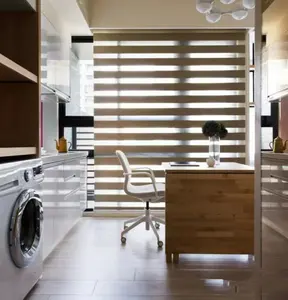




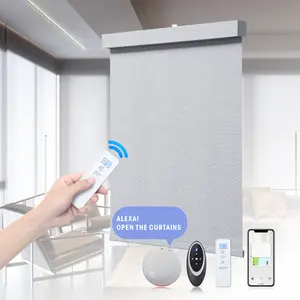





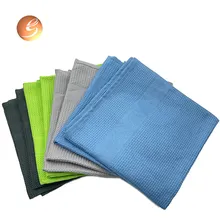



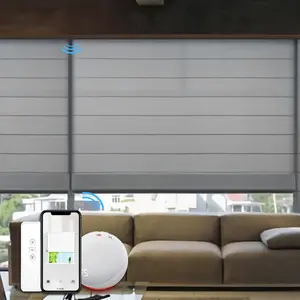

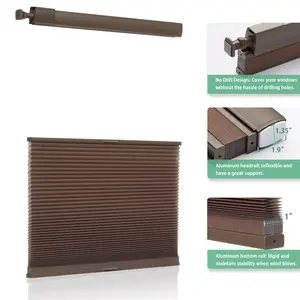























 浙公网安备 33010002000092号
浙公网安备 33010002000092号 浙B2-20120091-4
浙B2-20120091-4